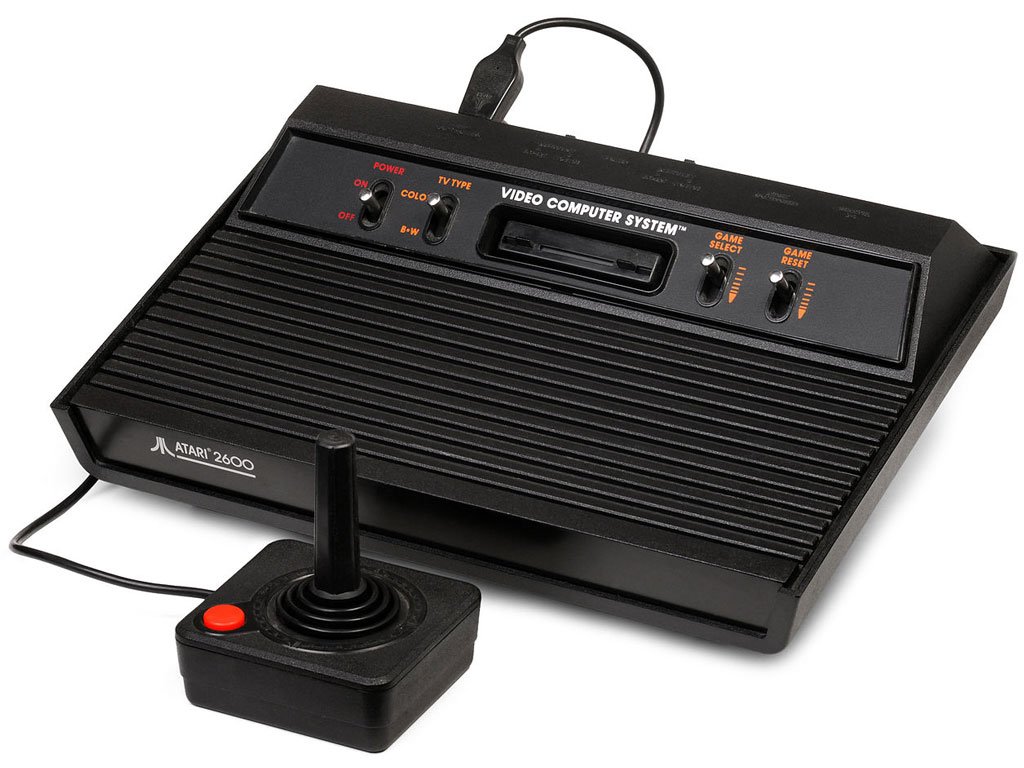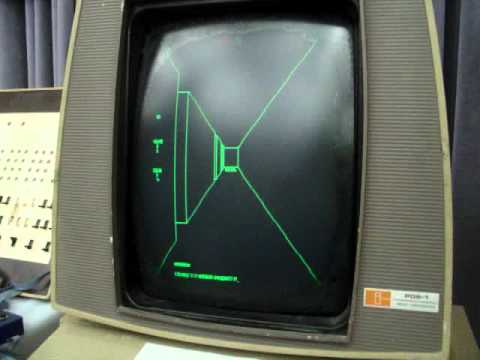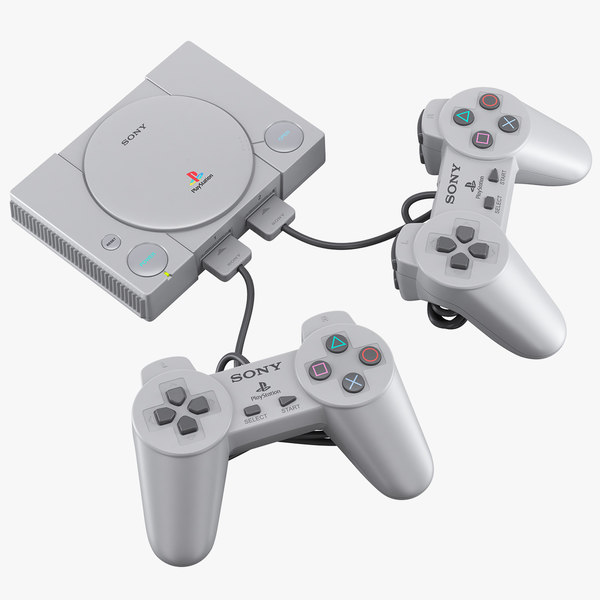Games/Console Timeline
Key Words:
MMORPG: (massively multiplayer online role-playing game) a story driven online game in which a player taking on a persona of a character in a virtual world.
Augmented Reality: rendering of digital images or data onto real-world objects
Persistent Worlds: continues to exist and develop internally even when there are no people interacting with it.
CRGP: collaboratory for research on global projects
Avatar: a graphical representation of the user's character
Timeline:1970s
The 'Magnavox Odyssey" was first introduced in 1972 where it was the first commercial home video game console. It was designed by a small team led by Ralph H. Baer in the United States. Magnavox Odyssey did not have any sound nor colour but only consisted of 3 dots and a vertical line where people were allowed to play games such as table tennis, football and ski (you move the skier down a mountain and note the obstacles you hit, deducting marks by hand). Cling wrap accessories were made to display betetr graphical environments
In 1975, the "Atari" released its Pong arcade game as a console for $99. It was developed and produced by Atari Inc, it is credited with popularising the use of microprocessor based hardware and games stored on ROM cartridges. It included games such as: Taito's arcade game Space Invaders with significantly more advanced visuals and gameplay than the system was designed for such as Pitfall.

On the contrary, a game that was released in 1972 called "pong" was known as one of the most iconic games of its generation, proving phenomenally popular and successful. The actual game is a table themed arcade video game that featured two dimensional graphics manufactured by Atari (who also made the game console). Players use paddles to hit a ball back and forth on a black and white screen which is already very different to game consoles and games in this generation as back then they did not have coloured screens and the actual game itself came in a human sized box while consoles in 2020 are much smaller.

As computers progressively became more advanced and powerful, games of greater complexity became more possible for example in 1974, a game called "Maze War" is (arguably) the very first frames per second, FPS. It is a 3D networked first-person originally developed by Steve Colley, Greg Thompson and Howard Palmer for the Imlac PDS-1 computer.

1980s
Nintendo's successful video-game console story started in 1983 where they introduced video-games such as Donkey Kong and Mario Bros and selling the licensing rights to those games for home console. The Nintendo Famicom was first released in Japan in 1983 selling 2.5 million systems in that same year; with a booming market rate in Japan they decided to move to the American gaming market.

In 1989, NEC decided to redesign the highly successful PC engine console and upgrade it with more RAM. This new design called SuperGrafx was originally sold in Japan and was created to compete against the threat of the Nintendo Famicon system. However, NEC stopped distributing SuperGrafx when they saw that their PC Engine was still selling well.
1990s
Well known and popularised Playstation came out in 1994 where Sony was able to capitalise on the gaming market by developing a video-game console that surpassed its competition in quality peripherals games. Playstation DualShock controllers were revolutionary invention that inspired later video game controllers. Recently, Sony has released a miniature version of the console which contains 20 of the best games from the original PlayStation console.
The gameboy colour was released in Japan in October 21 1998 and into international markets in November; and it is a handheld device which was manufactured by Nintendo. Gameboy Colour features a colour screen rather than monochrome but it is not backlit. It is slightly thicker and taller and features a slightly smaller screen than the Game Boy Pocket, its immediate predecessor in the Game boy line.

2000s
In 1997 there were rumours circulating of the successor of the Sony PlayStation console which became a reality in 1999 where Sony announced the new console called the PlayStation 2. This next generation system would use the immense storage capacity of the DV, the raw processing power of a chip called the "Emotion Engine" and would be able to play DVD movies, audio CDs right out of the box; the device would be backwards compatible with the original PlayStation software. It was then released in Japan on March 4 2000 where the console broke records by selling well over a million units in a matter of days.
Back due to popular demand, in 2006 Nintendo launched the new console in North America. the design of the Wii is super small and around the thickness of 3 DVD cases; it has a sleek design and was designed to fit in the rest of peoples multimedia set up. It also came in different colours and can be placed horizontally or vertically similar to the PlayStation 2.Many games came with the Nintendo Wii including Wii Sports, Just dance, Mario bros, Mario kart and many more.

Comments
Post a Comment